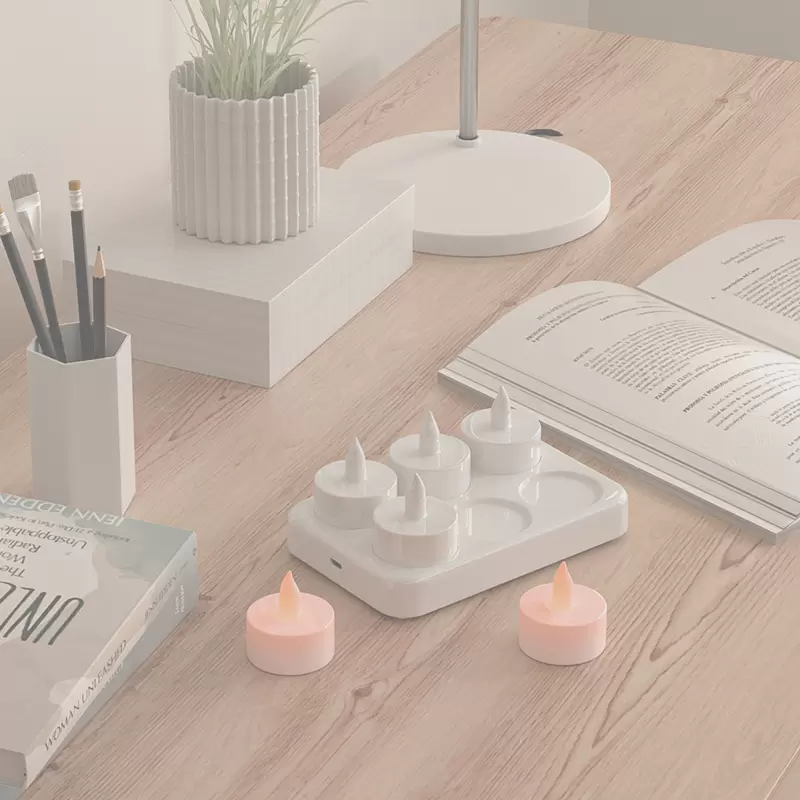In today's digital era, where screens and artificial lighting dominate our lives, it is crucial to prioritize eye comfort. LED lights, being energy-efficient and versatile, have become increasingly popular in various industries. However, not all LED colors are equally gentle on our eyes. In this blog post, we will explore the question: What LED color is easiest on the eyes? By delving into scientific research and expert opinions, we aim to provide you with valuable insights and practical recommendations for optimizing eye comfort.
- Understanding the Impact of LED Colors on Eye Health:
1.1 The Role of Blue Light:
Blue light, a component of white LED light, has garnered attention due to its potential harmful effects on eye health. It is known to contribute to digital eye strain, disrupt sleep patterns, and potentially damage retinal cells.
1.2 The Importance of Color Temperature:
Color temperature, measured in Kelvin (K), determines the warmth or coolness of LED light. Lower color temperatures (warmer light) are generally considered more soothing to the eyes, while higher color temperatures (cooler light) can be more stimulating. - The Most Eye-Friendly LED Colors:
2.1 Warm White (2700K-3000K):
Warm white LED lights mimic the soft glow of traditional incandescent bulbs. They create a cozy and relaxing ambiance, making them ideal for bedrooms, living rooms, and other areas where you seek comfort and relaxation.
2.2 Natural White (4000K-4500K):
Natural white LED lights strike a balance between warm and cool tones. They provide a neutral and pleasant illumination, suitable for offices, kitchens, and other workspaces where clarity and focus are essential.
2.3 Soft Cool White (5000K-6000K):
Soft cool white LED lights offer a crisp and vibrant illumination, resembling natural daylight. They are commonly used in retail stores, hospitals, and task-oriented environments where visual acuity and alertness are crucial. - Additional Tips for Eye-Friendly LED Lighting:
3.1 Dimming and Adjustable Lighting:
Opt for LED lights that offer dimming or adjustable color temperature features. This allows you to customize the lighting according to your specific needs and reduce eye strain.
3.2 Proper Lighting Placement:
Ensure that LED lights are appropriately positioned to minimize glare and shadows. Indirect lighting, such as wall sconces or floor lamps, can help create a more soothing and evenly distributed illumination.
3.3 Blue Light Filters and Screen Protectors:
Consider using blue light filters or screen protectors on electronic devices to reduce the potential harmful effects of blue light emitted by screens.
Conclusion:
When it comes to optimizing eye comfort, choosing the right LED color is paramount. Warm white, natural white, and soft cool white LED lights offer varying degrees of soothing illumination for different settings and purposes. By understanding the impact of LED colors on eye health and implementing additional tips for eye-friendly lighting, you can create a visually comfortable environment that promotes well-being. Prioritizing eye comfort is not only essential for our immediate visual experience but also for long-term eye health in the digital age.

